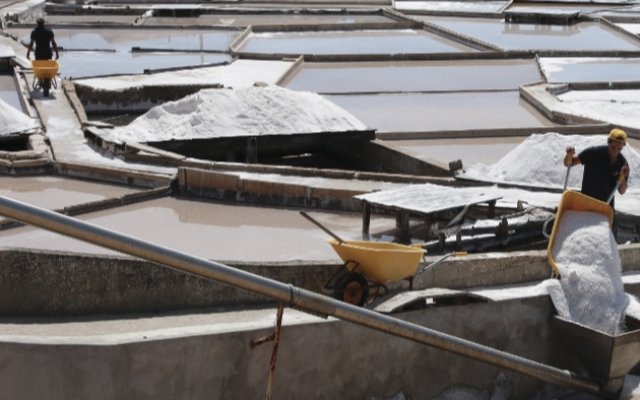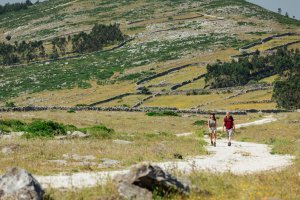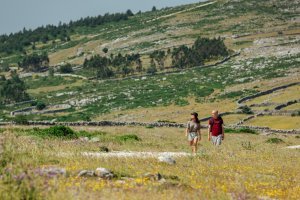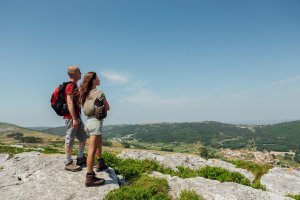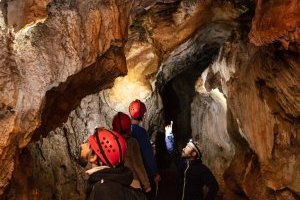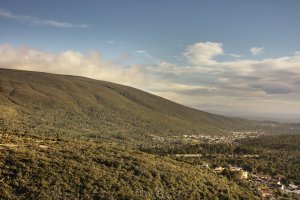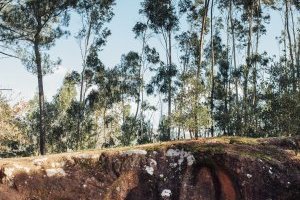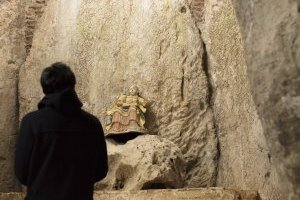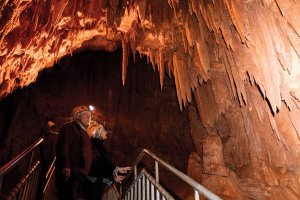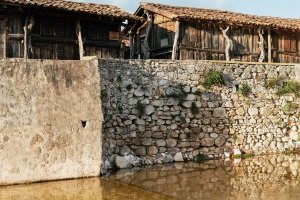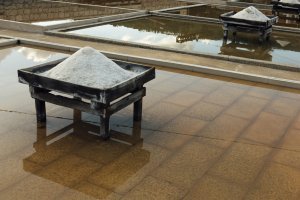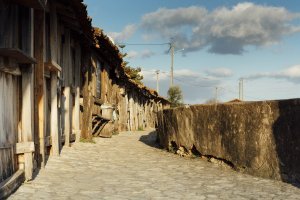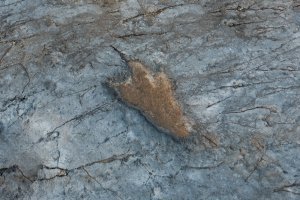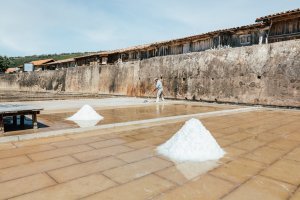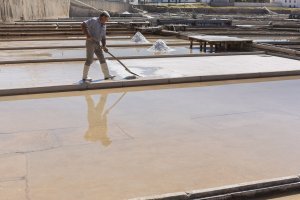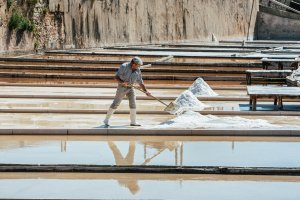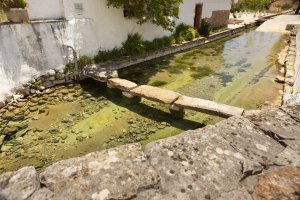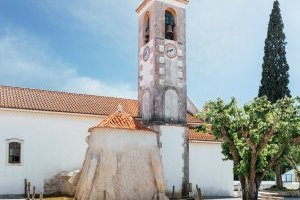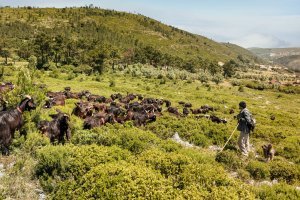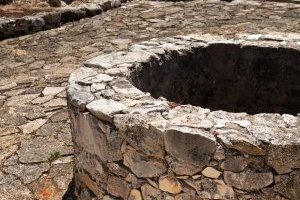SERRA DE AIRE E CANDEEIROS NATURE PARK
Distance: 4.5 km;
Duration: 3h;
Degree of Difficulty: Difficult
Trail departure point: Car park Cooperativa Terra Chã
Coordinates: 39.417998, -8.920365
The mountains of Aire and Candeeiros are the most important repository of limestone formations in Portugal and this is the primary reason for beingclassified as a Nature Park. Karstic morphology, natural vegetation, a network of underground waterways, unique cave-dwelling fauna and intense activity surrounding stone extraction are all aspects that its classification attempts to preserve and govern. Because of its altitude, the region’s climate is characterised by a peculiar transition between Mediterranean and Atlantic conditions. It is therefore humid with mild temperatures and water is very scarce in the summer.
This trail known by the name of De Chãos à gruta das Alcobertas (From Chãos to the Alcobertas cave) is situated in the area around Chãos, a small hamlet belonging to the civil parish of Alcobertas and located in the southern part of the Candeeiros Mountains, on a small plateau a few metres from the top of the mountain. Its name comes from the fact that its land is good for farming (chã, in Portuguese, meaning plateau). Despite the passing of time it is still possible to see the property divided by stone walls, and spot some cisterns and threshing floors vital to the life of these rural communities. Because of its location, the landscape stretches out as far as the eye can see.
The trail begins at the head office of Associação Terra Chã (Terra Chã Association). Here parking your car is easy, and there are cafés and restaurants where good regional cuisine is available. Departing from the starting point, go toward the main road of the village and after about 100 metres, where the asphalt begins, turn left. This is a pedestrian path that runs between typical stone walls. These walls are used to separate the properties and were mostly made of stones removed from the land. The so called "de-stoning” was necessary in order to clean up the land and facilitate farming. Because it is a mountainous region, the walls are also useful for breaking the dominant winds, thus protecting the crops. Some 300 metres ahead, you will find yourself in one of the village streets. Go along the road and you will see the first point of interest on your right: a group of buildings with traditional architecture that allows us to see how this rural community lives. In addition to the house, its shed and annexes, the water storage cistern is worthy of mention.
Because it is a limestone area with no surface water, all of the rainwater coming from the roof eaves was channelled by a trough made of inverted shingles that would channel the precious liquid to a cistern that would supply the house. The threshing floor was a broad space used to dry and thresh grains, but it was also used on days of festivities so people could gather to socialise, dance and sing. At the entrance to this well-preserved cluster, you can also see a dinosaur footprint.
Some 50 metres from this location, the road forks. Take the left-hand fork and pay attention because in about 100 metres on your left you will see a narrow path in an entrance through the stone wall. Here you will begin your climb up to the top of the Candeeiros Mountain. The Vale da Lagoa footpath was given this name because it leads to a water point at the top of the mountain. It is a path with some 3,000 metres of rocky terrain that requires special attention. During the climb, take some time to rest and admire the view of the village of Chãos and the surroundings. When you reach the top, you will find a wide dirt road that is used to maintain the wind farm that has been installed here. Here, turn right and 150 metres ahead, on your left side you will see the lake that gives the path its name. On days of good visibility you can see the Atlantic Ocean, most of the west coast and the Berlengas Islands. Here, you can hear the melodic call of the crested lark (Galerida cristata) and watch it as it soars high up in the air. On the opposite side of the lake, you have the start of the path that leads to the Alcobertas Cave. There are high groups of stones located very visibly in the landscape. They are used by shepherds for shelter, a space where only one man sitting down can fit, with an entrance turned toward the opposite side of the dominant winds, to provide shelter during storms.
The plants that grow here are important not only as a source of food for the herds of goats that graze here, but are also of economic and scientific value because many of the plants of the Nature Park have medicinal or aromatic qualities. Among them, giving colour to the landscape and awakening our sense of smell is rosemary (Rosmarinus officinalis), which grows spontaneously all over the mountain. Return to the path and follow along for some 500 metres until it ends at a dirt road. Turn right and 400 metres ahead you will reach the Alcobertas Cave.
Here there is a lookout that offers a view of the vast horizons that reach as far as the Tagus tertiary basin and Montejunto Mountains or the neighbouring villages of Chãos, Casais Monizes and Alcobertas. The ground at the lookout is painted in various colours that are almost indecipherable, but in fact they represent the trail that you can follow inside the cave and its various rooms. Go down the stairs to the lower level of the lookout and here you can begin the descent along a steep and narrow path about 500 metres long, which ends in a dirt road that takes you back to the town.
After some 500 metres you will see the first group of houses and the asphalt road. Now all you have to do is walk for some 800 metres, always on the main road that crosses the entire town, until you are back at the starting point.
